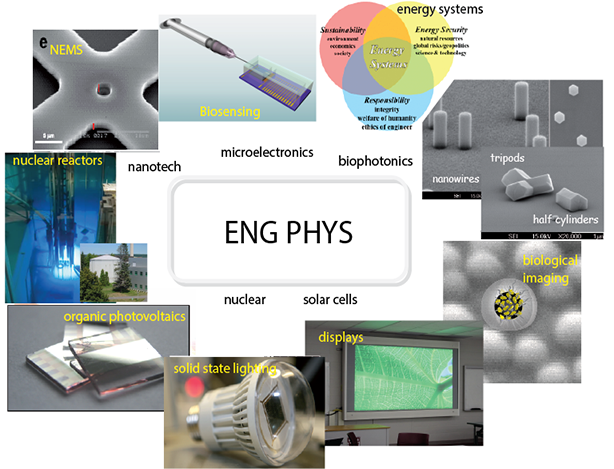Assembly of a Four Point Probe that Operates under the Van der Pauw Method
Abstract
The purpose of this experiment was to create a four point probe that would be able to take sheet resistance measurements in a lab setting. These results were then compared to an inline four point probe. The probe was assembled and was able to take successful sheet resistance measurements once in five attempts. The successful sheet resistance measurements of 29.23 Ω/□ did not match the measurements taken from the inline four point probe of 9.889 Ω/□. However, improvements to the four point probe were suggested and these improvements can be made next time in order to assemble a more consistent and efficient four point probe.
References
F. Wenner, Bull. Bur. Stan. 12, 469 (1918).
L.B. Valdes, Proc. IRE 42, 420 (1954).
A. Shimamato, K. Yamashita, H.Inoue, S. Yang. M. Iwata, N. Ike, Press. Vess. Tech. 135, 21501 (2013).
P. Lienerth, Ph.D. Thesis, Institute of Theoretical and Applied Physics of the University of Stuttgart, Stuttgart, 2009.
A.P. Schuetze, W. Lewis, C. Brown, W.J. Geerts, Amer. Jour. Phys. 72, 149 (2004).
A. Kitai, Principles of Solar Cells, LEDs and Diodes (Wiley, Chichester, 2011) p. 190.
https://www.ossila.com/pages/xtralien-x100-source-measure-unit-getting-started (last accessed November 25, 2016).
F.M. Smits, Bell Sys. 37, 711 (1958).
Published
Issue
Section
License
Authors who publish with this journal agree to the following terms:Authors retain copyright and grant the journal right of first publication with the work simultaneously licensed under a Creative Commons Attribution License that allows others to share the work with an acknowledgement of the work's authorship and initial publication in this journal.
Authors are able to enter into separate, additional contractual arrangements for the non-exclusive distribution of the journal's published version of the work (e.g., post it to an institutional repository or publish it in a book), with an acknowledgement of its initial publication in this journal.
Authors are permitted and encouraged to post their work online (e.g., in institutional repositories or on their website) prior to and during the submission process, as it can lead to productive exchanges, as well as earlier and greater citation of published work.


